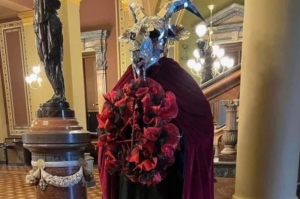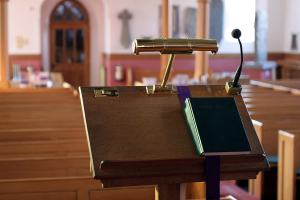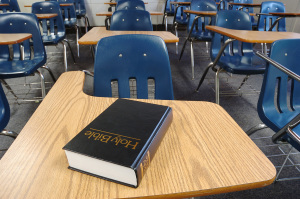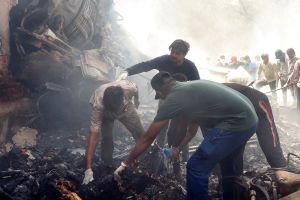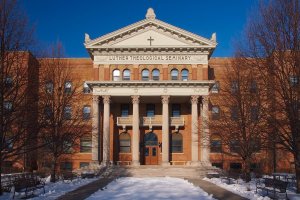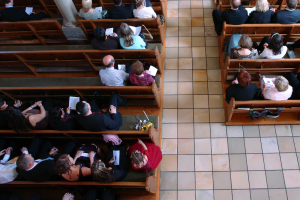Travel: New Orleans is open as the state steps forward to keep visitors safe
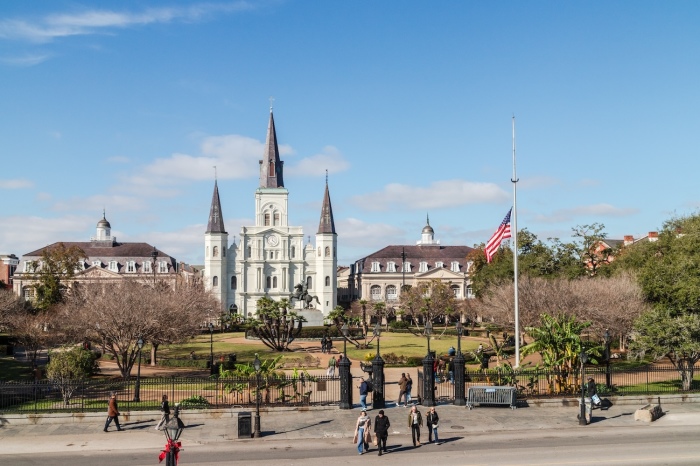
I found myself in one of the great American cities. It’s a city that some might argue isn’t an American city.
Dating back to 1718, when France established a colonial outpost, New Orleans has a rich culture and extensive history and heritage. French, Spanish and Caribbean influences are visible in the French Quarter or Vieux Carre, the city’s oldest neighborhood.
Originally, I planned my trip to coincide with the Jan. 8 anniversary of the 1815 Battle of New Orleans, the final battle in the War of 1812.
Despite the battle having occurred after a peace treaty to end the war had been signed, the American victory over the British cemented U.S. sovereignty on the North American continent. It also made Major Gen. Andrew Jackson a national hero and later propelled him to the White House, where he became one of the most consequential presidents in history.
My plans changed when New Orleans was attacked by a jihadist in the early hours of the New Year.
I ended up postponing my visit by a few days. I would arrive in the Crescent City as President Joe Biden was in the quarter for an interfaith memorial service at the Cathedral of St. Louis. Dedicated to Louis IX, a French king in the late 13th century who was later canonized as a saint, this landmark — rebuilt in the mid-19th century — is the seat of the Roman Catholic archbishop and has been a pillar of the community since the earliest days of French settlement.
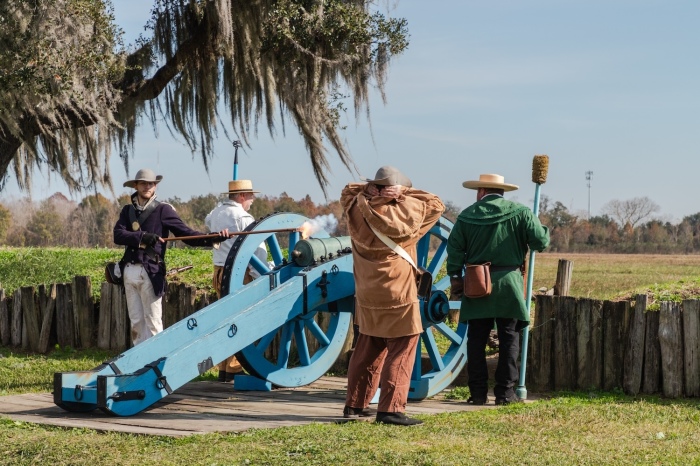
In front of the cathedral is a plaza and the much-larger Jackson Square, which, as its name might suggest, is named after the hero of New Orleans. It was here in 1803 where the French tricolor was lowered for the Stars and Stripes after Napoleon somewhat questionably sold 828,000 square miles of the now-contiguous United States for $15 million in 1803 dollars. That transaction, the Louisiana Purchase, set the foundation for American expansion, which as an idea continues with President-elect Donald J. Trump’s not-so-serious trolling of Canada and his very serious idea of acquiring Greenland.
Is New Orleans safe? That was a question I kept asking myself over the course of four nights at a hotel just a short walk from the French Quarter.
I interviewed Louisiana Lieutenant Gov. Billy Nungesser, who isn’t just a political spare if something happens to the governor. Unlike other state lieutenant governors, he has real authority. In Nungesser’s case, he oversees the department that includes tourism — the state’s fourth-largest industry.
When asked point blank if he had confidence in Mayor LaToya Cantrell keeping New Orleans safe for visitors, he said no.
“Prior to this horrible incident, I was seeing major changes and improvements in crime in the quarter,” Nungesser said. “In saying that, the mayor is completely — I don’t want to say she doesn’t have a clue — she just doesn’t care. For Super Bowl and Mardi Gras, you’re going to see a presence of federal officials, state police, other sheriff offices leaning in to absolutely make the city safe.”
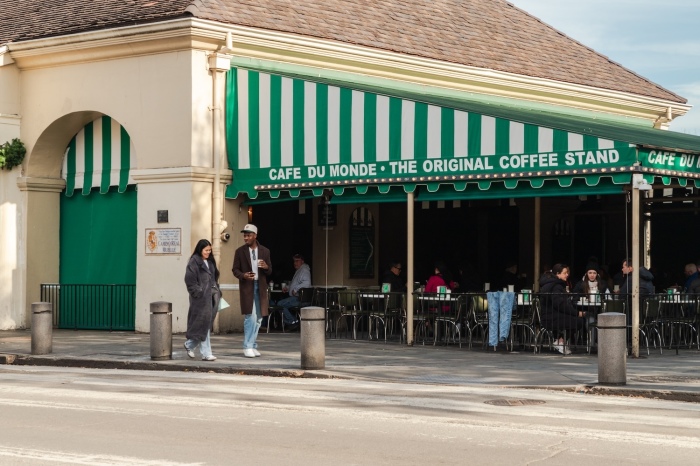
The problem predates the terrorist attack, which could have happened anywhere. You can’t put up a barrier on every street in every city in the country.
Nungesser also praised Gov. Jeff Landry for moving Louisiana State Police troopers into the quarter to protect arguably the most valuable product in the state’s $1.9 billion tourism industry.
“We are going to make this city safe,” he said. “The food, the music, the culture is like nowhere else in the world.”
Nungesser is right about that. Louisiana and, more specifically, New Orleans truly do hospitality better than any other place I have visited.
If you go
I stayed at the Le Pavillion, a new addition to Marriott’s boutique-inspired Tribute Portfolio brand. The location, a couple blocks from the French Quarter, is superb.
For restaurants, eat at Brennan’s, where the dessert bananas foster was invented, and Antoine’s Restaurant, which dates to 1840 and is the city’s oldest restaurant. For those visiting the New Orleans Museum of Art, nearby Ralph’s on the Park is recommended. Of course, no visit to New Orleans is complete without a visit to the iconic Cafe du Monde for a cup of chicory-blended coffee and a beignet doughnut covered in powdered sugar.
Visitors to the 1815 battlefield, which is in the care of the National Park Service, can see the actual battlefield and explore the visitor center with its small but excellent museum related to the War of 1812 and the battle itself.
In addition to regular and special Roman Catholic services, St. Louis Cathedral is open daily from 9 a.m. to 4 p.m. There is no charge to visit.
Dennis Lennox writes a travel column for The Christian Post.
Dennis Lennox writes about travel, politics and religious affairs. He has been published in the Financial Times, Independent, The Detroit News, Toronto Sun and other publications. Follow @dennislennox on Twitter.
















